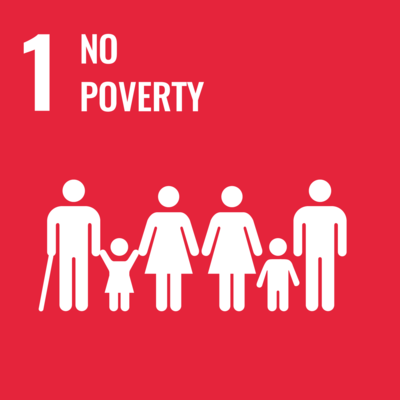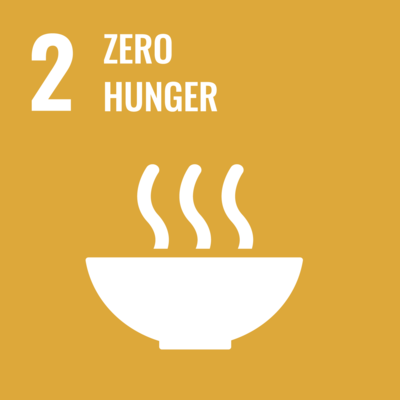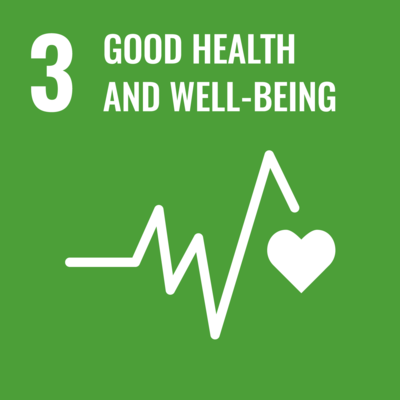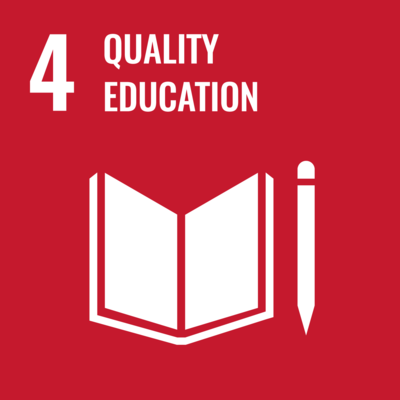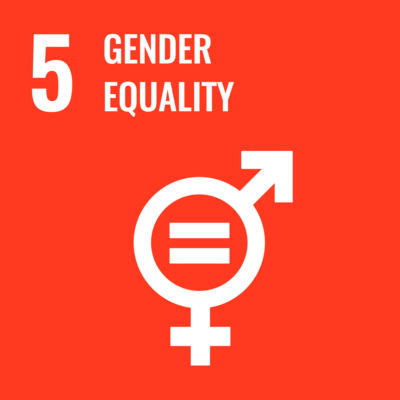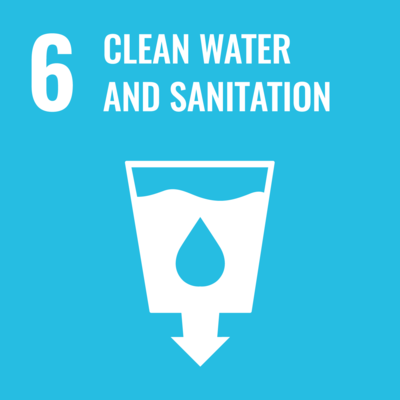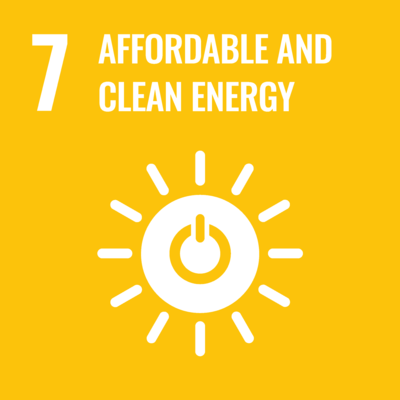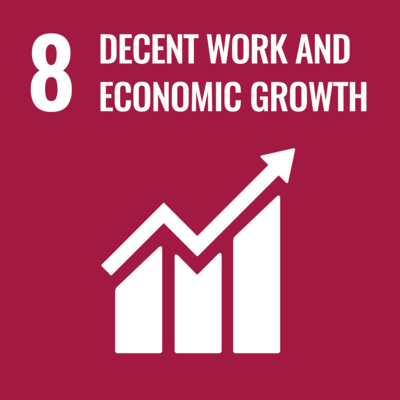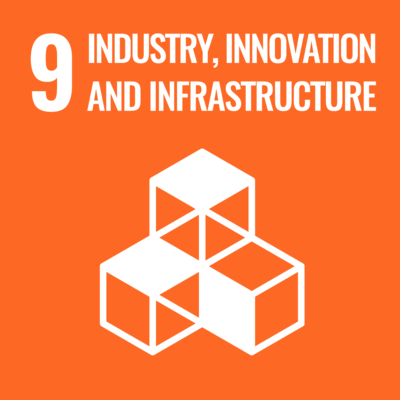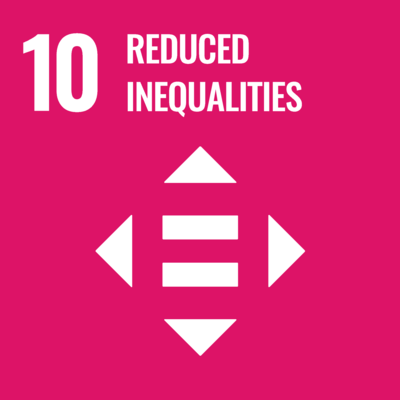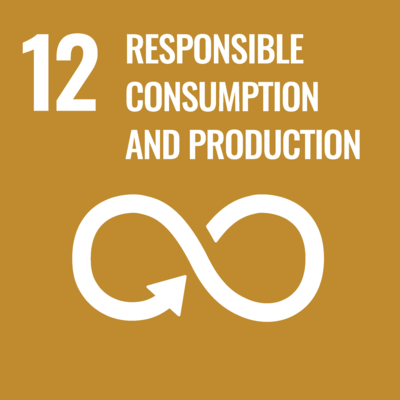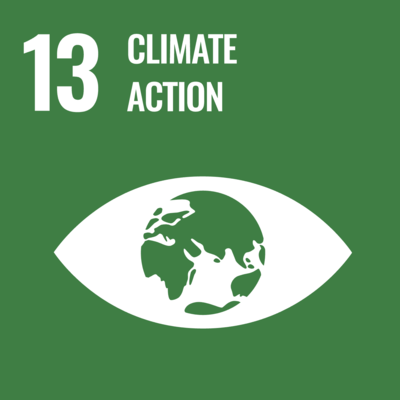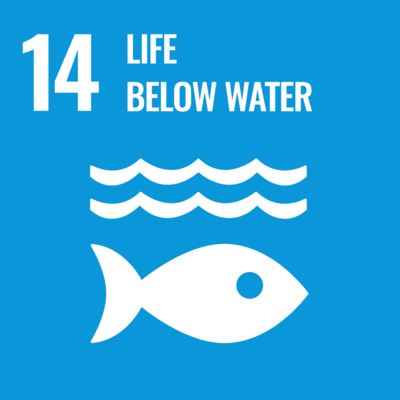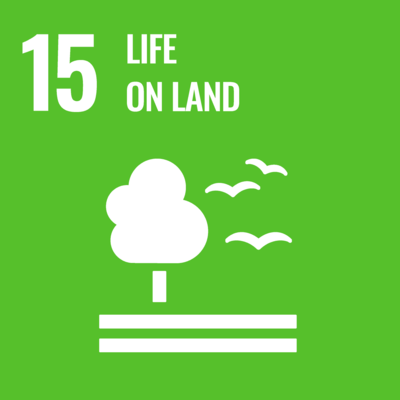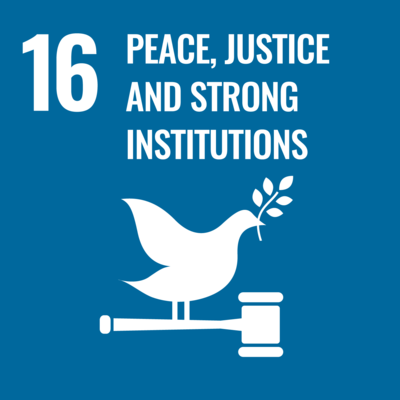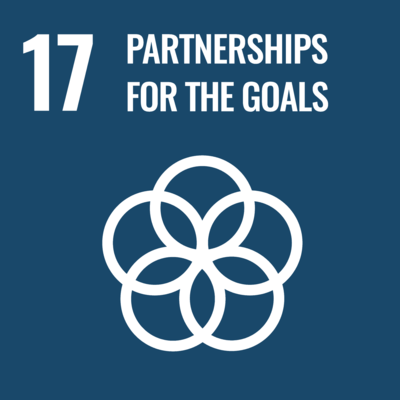SDG 15.2.2 Sustainably farmed food on campus
One area is the Crop Garden developed by the Department of Biology, which facilitates sustainable food production on the campus. Additionally, the Department of Arts' “Ecological Homelands and Urban-Rural Sustainability: A Changhua Ecological Art Project”, Department of Electrical Engineering“ Life Exploration and Development” at our university also involves campus food planting and experiential activities.
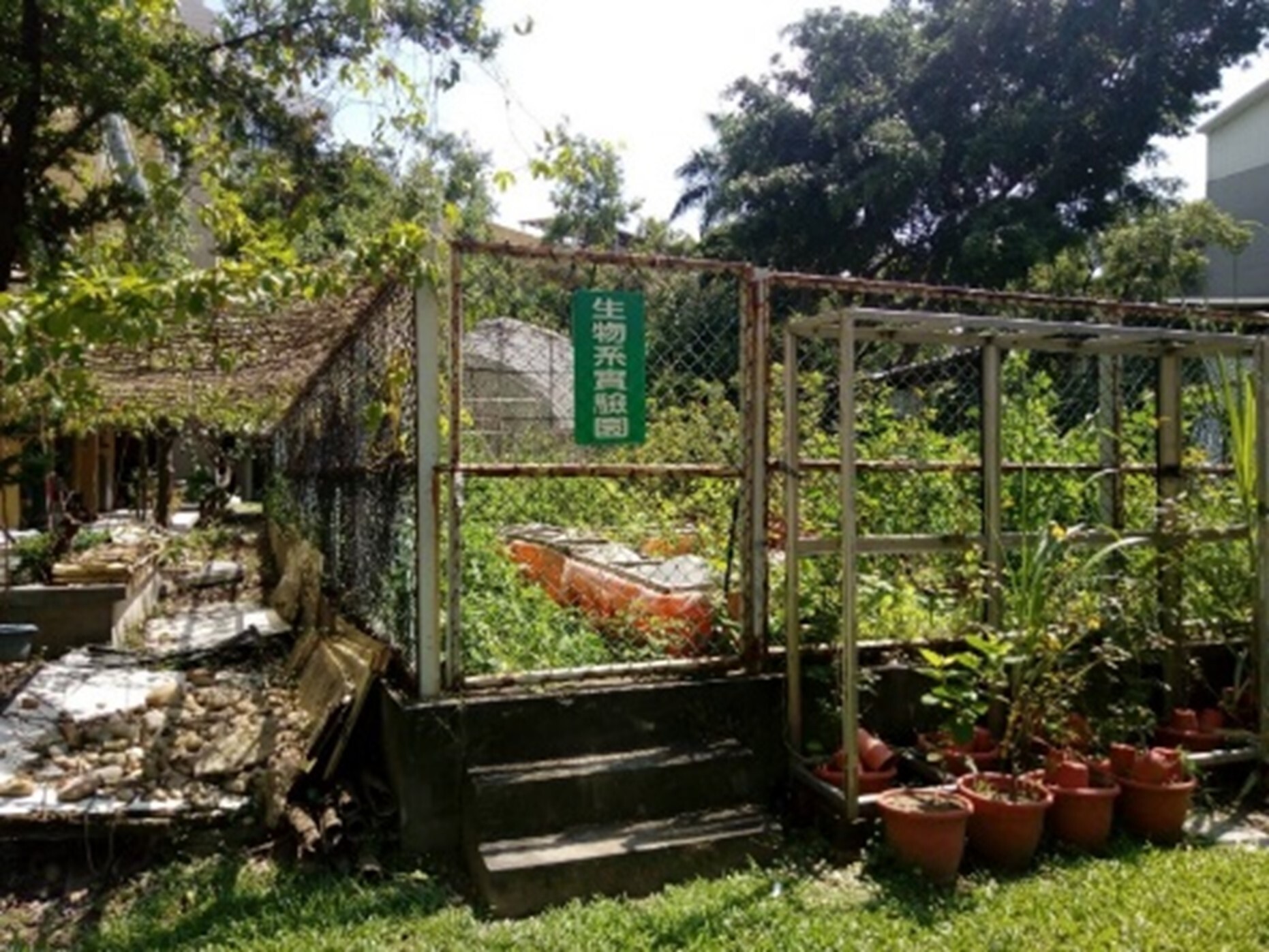
Figure 1. Department of Biology Crop Garden
1. Ecological Homelands and Urban-Rural Sustainability: A Changhua Ecological Art Project / Department of Electrical Engineering - Life Exploration and Development / 'Carbon Reduction and Carbon Sequestration Corn Planting Workshop
This project collaborates with the Department of Electrical Engineering's Artificial Intelligence course to utilize the vacant land at the Baoshan campus for a carbon reduction and sequestration corn planting plan. Over the course of the semester, a small garden will be established. Students will be divided into groups to take care of the cornfield, gaining hands-on experience in cultivation. This experience aims to help students understand their connection to plants, appreciate the hard work of farmers and their parents, recognize the value of food, and expand discussions on the importance of planting for carbon reduction and sequestration.

Figure 2. Students' hands-on cultivation experience
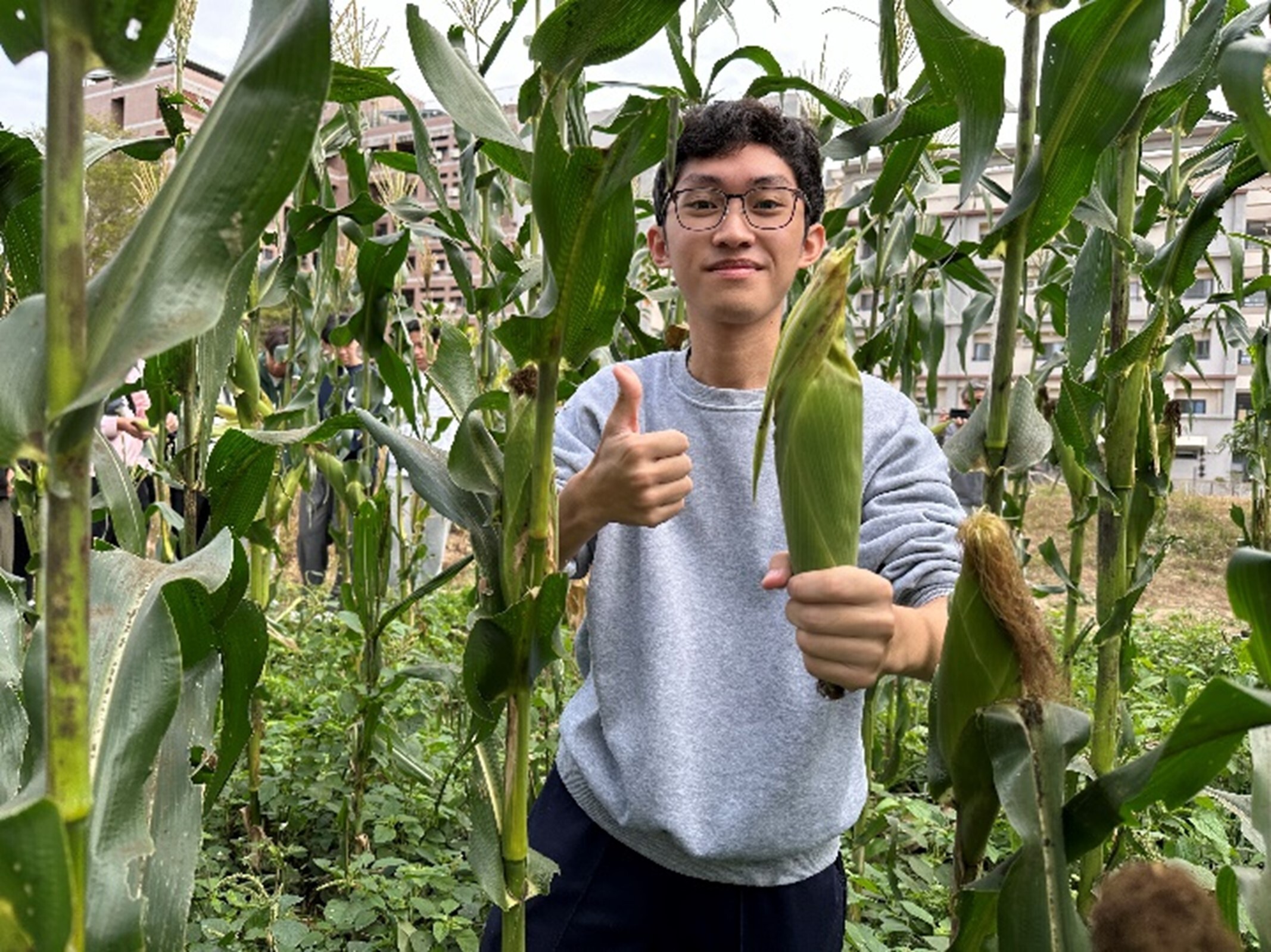
Figure 3. Harvest results
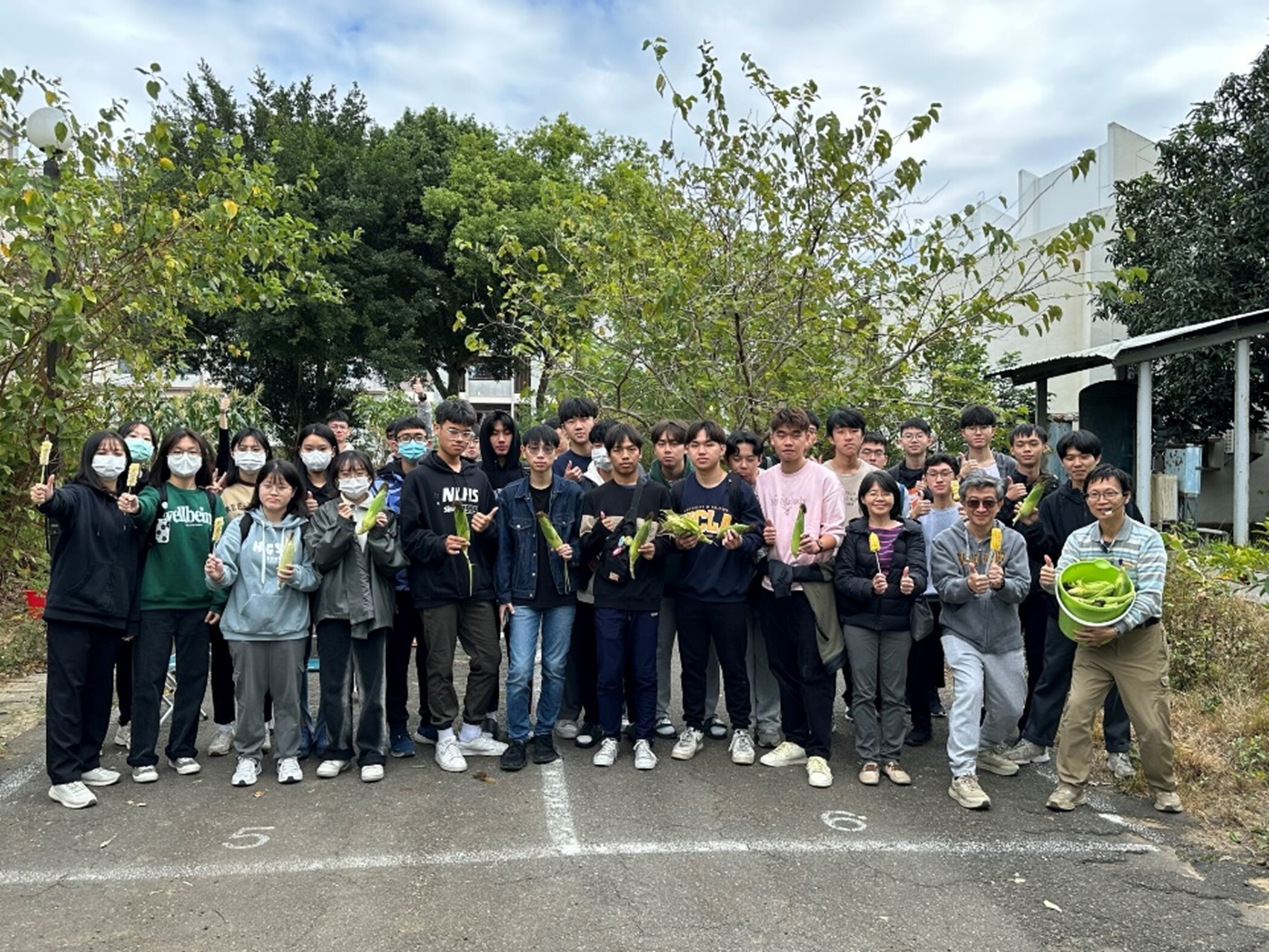
Figure 4. Group photo of the harvest results
Programme activities link: https://www.youtube.com/@USR-ew5yk
2. Exploration, Development, and Practice of Life
Next to the staff dormitory area at the Baoshan Campus, a vacant plot of land was developed into the Happy Farm, specifically for students in general education courses on the exploration, development, and practice of life. The farm currently covers approximately 140 square meters. During the 2023 academic year, two classes, totaling around 110 students, participated in planting corn. Approximately 220 corn plants were cultivated, starting from seedlings planted at the beginning of the semester and harvested by the end. After harvesting, the corn plants were removed and left on-site to compost (for carbon sequestration), which will serve as fertilizer for next semester's corn planting. Some of the harvested corn was given to faculty and staff of related departments as a token of appreciation, while the remaining corn was cooked and served to students on-site. This allowed students to taste the corn they had grown and enjoy the fruits of their labor, experiencing the zero-carbon footprint of food from "field to table," aligning with sustainability and carbon reduction goals.
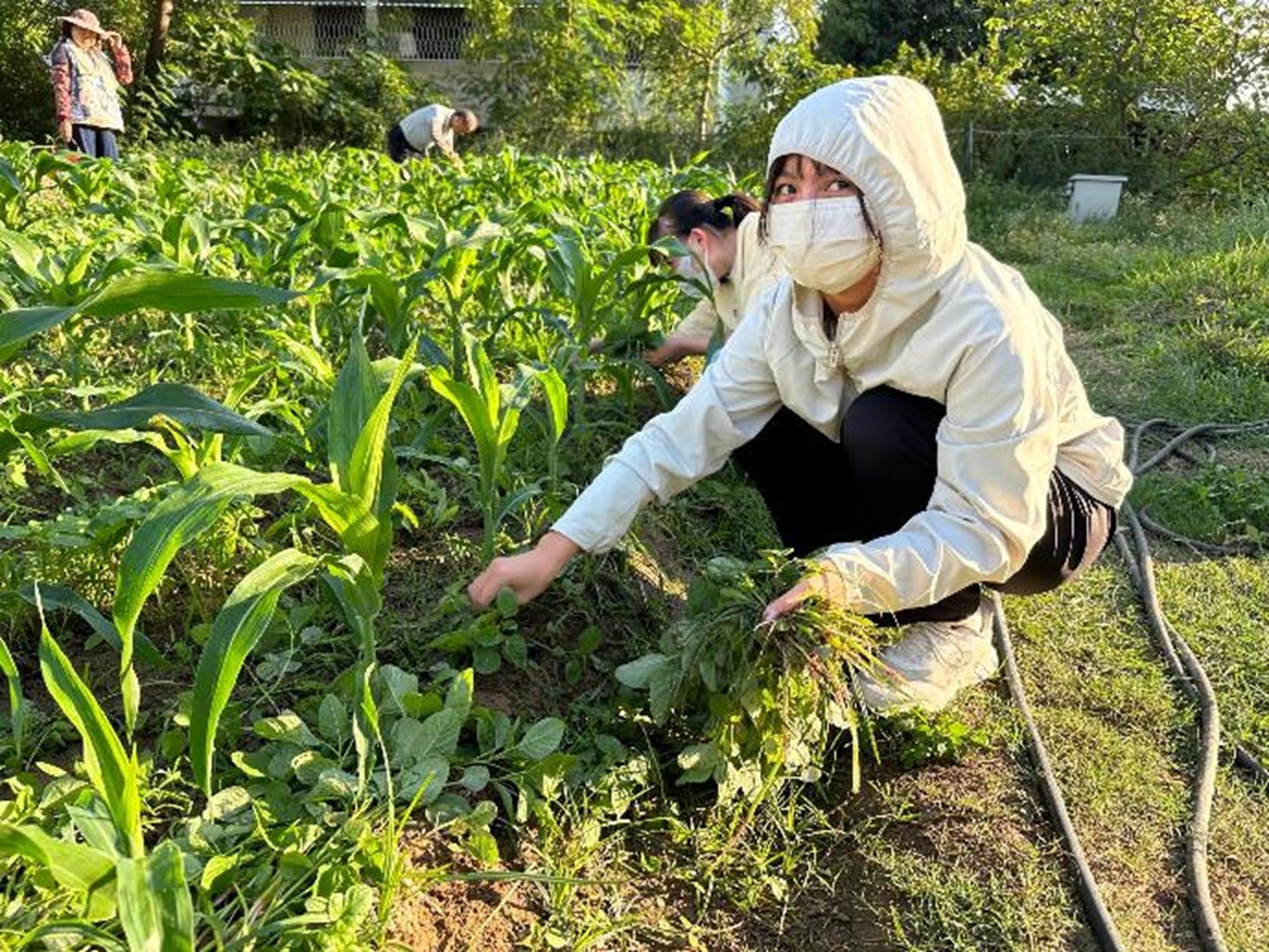
Figure 5. Students regularly weed the garden
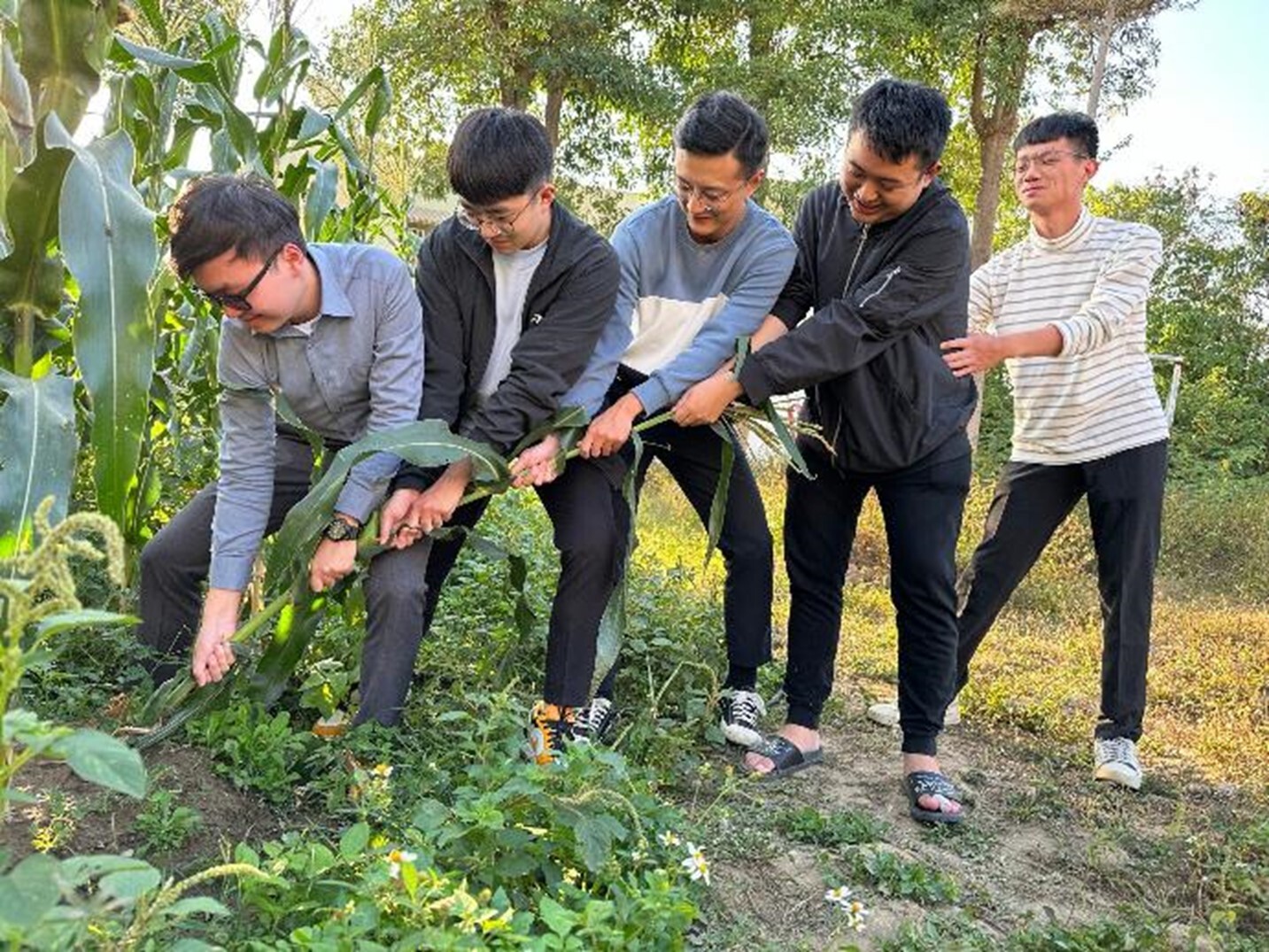
Figure 6. After harvesting, remove the plants.
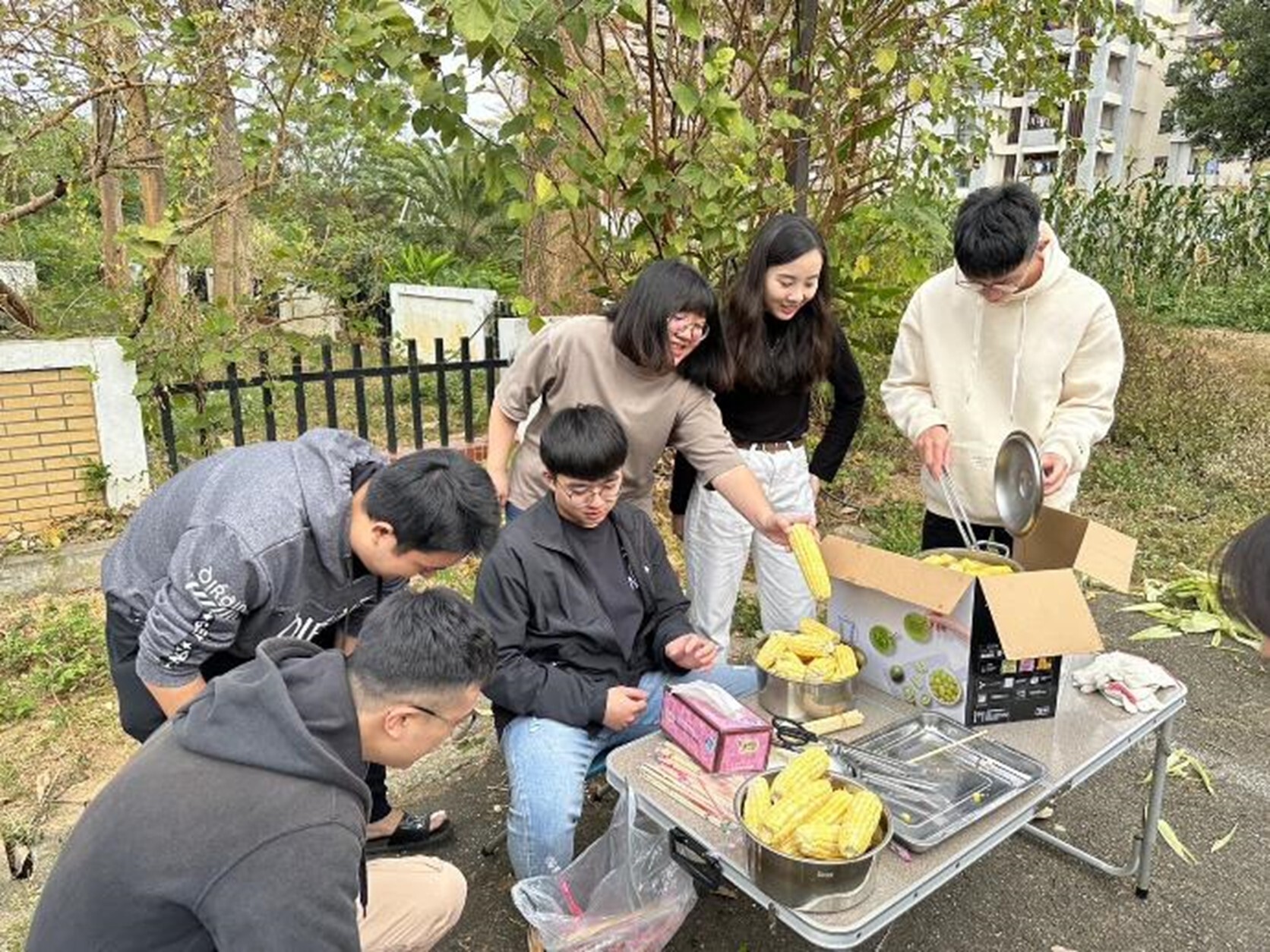
Figure 7. Freshly harvested, freshly cooked, and freshly eaten

